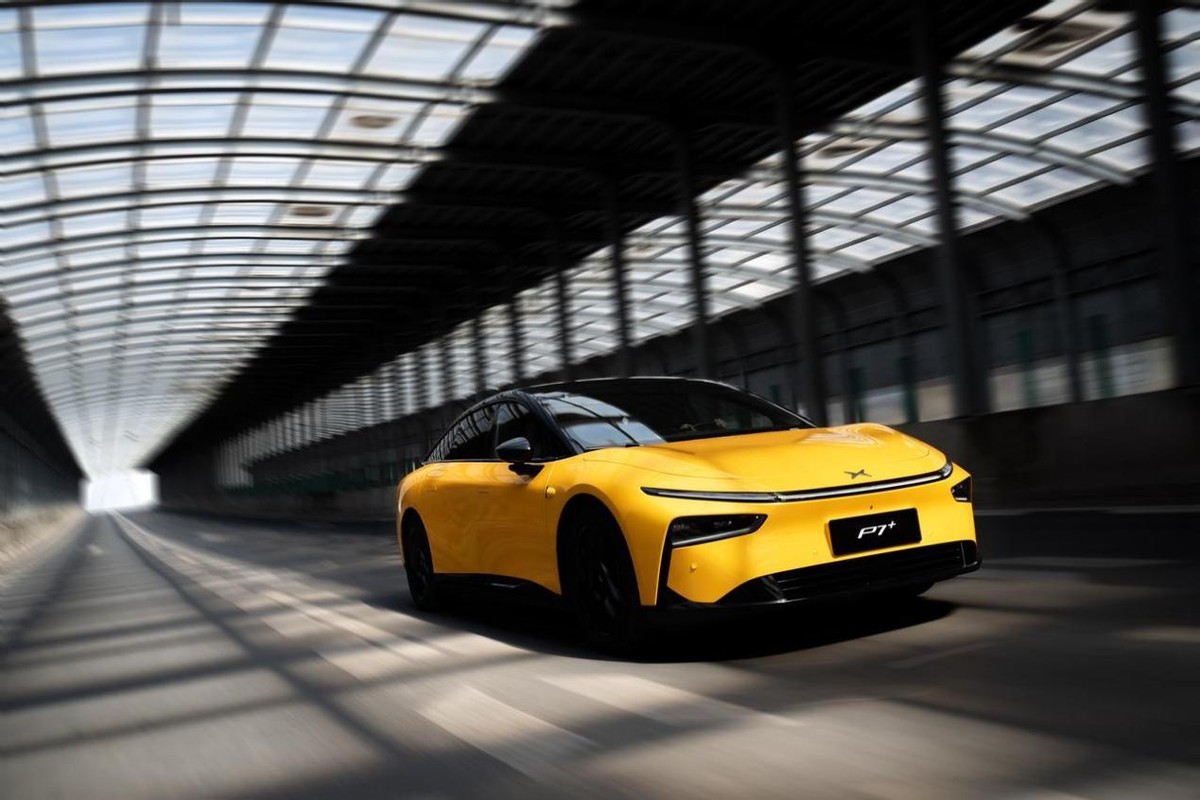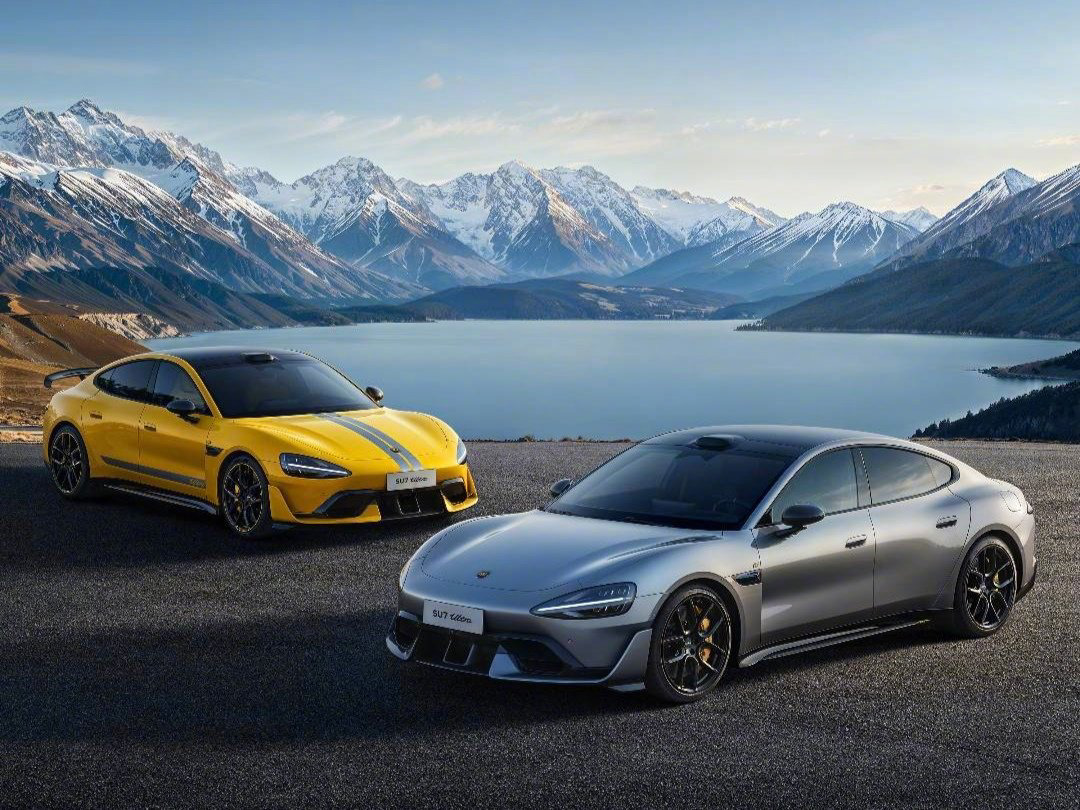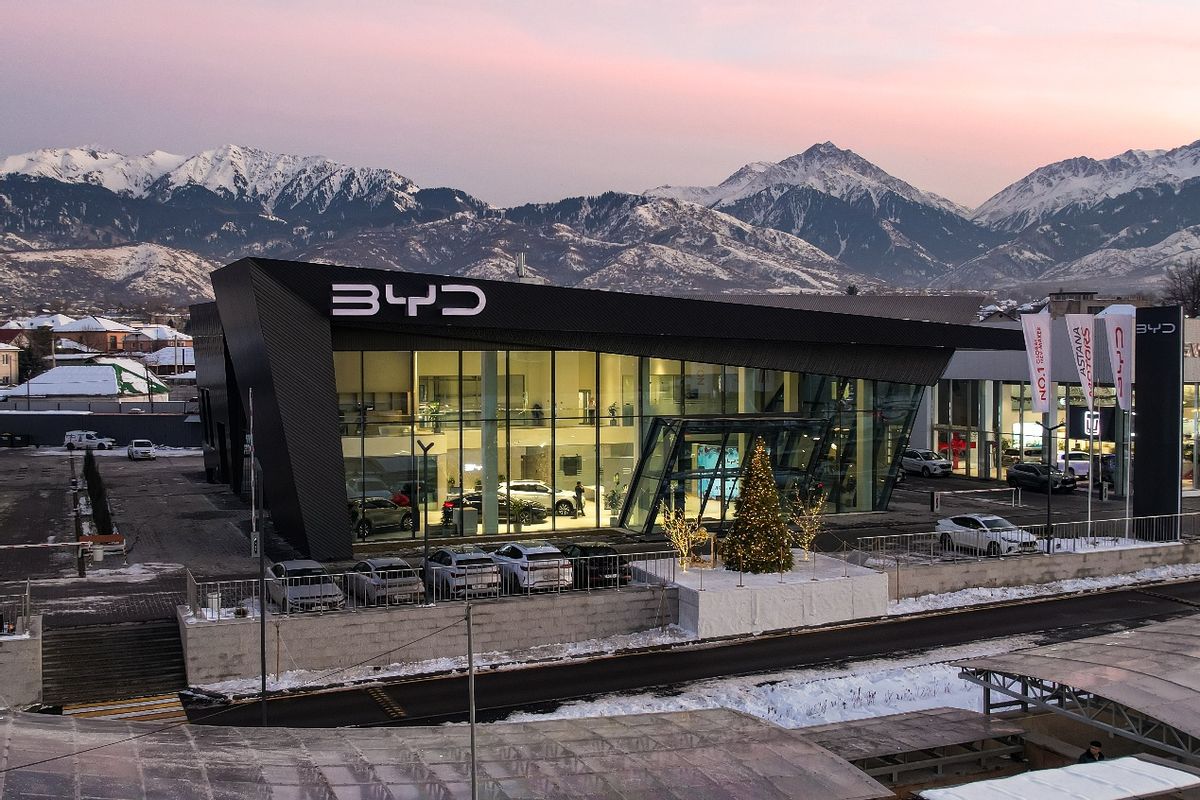2025 New Energy Survival Game: Top Auto Firms 'Snowball' Harvest, Tail Brands Cliff Fall
![]() 03/05 2025
03/05 2025
![]() 729
729
The new energy vehicle industry at the dawn of 2025 is poised for a fresh round of reshuffling.
January and February delivery figures reveal that leading players like XPeng, Li Auto, Leapmotor, and Xiaomi maintain a substantial lead, while former titans such as NIO and AITO grapple with growth constraints.
Behind this landscape lies intensifying competition across multiple fronts, encompassing product positioning, technological roadmaps, and ecological collaboration. The capital market's response mirrors this polarization: Xiaomi's market valuation surged past 1.4 trillion yuan, setting a new record, whereas NIO's valuation plummeted to 73 billion yuan, representing a near 90% decline from its peak of 100 billion dollars four years ago.
The new energy vehicle industry is transitioning from a period of flourishing diversity to one of dominance by a few winners. How will this reshuffling redraw the market map?
Top players reign supreme, tail brands face precipitous declines
Among consecutive months of delivery results, XPeng has garnered significant attention. In January, XPeng narrowly edged out Li Auto with 30,350 deliveries, a lead of 423 units. By February, XPeng's deliveries soared to 30,453 units, placing it first among new players and outpacing Li Auto by 4,190 units, with the gap widening nearly tenfold.
XPeng has transformed from a contender to a leader. However, these two automakers do not directly compete. Li Auto focuses on the market above 250,000 yuan with its L series targeting family users and extended-range technology. Conversely, XPeng emphasizes cost-effectiveness and intelligent driving penetration in the 100,000-200,000 yuan segment, with its recent products catering to a younger demographic.

Image source: XPeng Motors Weibo
Li Auto temporarily ranks second with 26,263 deliveries. Sales in January and February fell short of expectations due to the Spring Festival holiday. March, as business returns to normal, will be a pivotal month for Li Auto to prove its mettle.
Next in line are Xiaomi and Leapmotor, both surpassing the 20,000-unit mark and collectively known as the 'dark horse duo'. While Leapmotor's brand presence lags behind the others, it has quietly established a crucial footprint, solidifying its position as the third major player with sales of 25,287 units.
Xiaomi, which debuted to great fanfare, has seen its Xiaomi SU7 model sustain sales above 20,000 units for five consecutive months. With total sales ranking first among new force models, it far outpaces the second-placed XPeng MONA M03.
NIO, once part of the 'Wei-Xiao-Li' trio, accumulated 27,055 units in January and February, delivering 13,192 units in February. Despite a 62.2% year-on-year increase, actual deliveries clearly trail the top three. Among them, the NIO brand delivered 9,143 units in February, a 12.4% year-on-year increase; the Ledao brand delivered 4,049 new vehicles.
AITO, which once captivated the market, has chosen silence in the past two months. Sales of the AITO M7 alone declined by 40% month-on-month in January and by 38% in February. While total sales of the AITO series in January hovered around 20,000 units, they fell by approximately 27% month-on-month compared to 30,000 units in December 2024.
The primary reason for the current decline in AITO series sales is model overlap within the HarmonyOS Intelligent Mobility Alliance, leading to user diversion. Additionally, AITO has lacked popular model updates for an extended period, allowing automakers like Li Auto to capture market share through cost-effective or differentiated positioning.
In this year's new energy delivery rankings, IM Motors accumulated sales of only 7,013 units in January and February. Meanwhile, Hoval, despite a 152% year-on-year increase, delivered only 8,013 units in February, gradually being marginalized in this intelligent arms race.
The new energy vehicle sector at the year's outset is already gearing up for a dramatic contrast between extremes, with the gap widening progressively. Top players enjoy dominance, tail brands struggle to survive, and there is virtually no middle ground.
From 'Wei-Xiao-Li' to 'Xiao-Li & Leapmotor', top players begin to 'snowball'
In 2025, the top tier of new players has evolved from the 'Wei-Xiao-Li' trio to 'XPeng, Li Auto, Xiaomi, Leapmotor'. Moreover, 'Xiao-Li & Leapmotor' have embarked on differentiated competition.
XPeng's surge to the top is attributed to triple breakthroughs in product definition, marketing, and channel optimization. It preemptively optimized its supply chain before the Spring Festival, such as battery procurement agreements, to complete a capacity sprint. Subsequently, it launched a five-year '0 interest, 0 down payment' car purchase policy in February, with a significant price reduction further activating the market.
Most importantly, XPeng capitalized on a golden window period where no high-end intelligent driving options existed for models below 200,000 yuan, redefining its products. This gave rise to the MONA M03, 'the first car for young people', and the P7+, derived from the P7, precisely targeting user pain points.
Li Auto, which led XPeng for 28 consecutive months, relied on its robust extended-range technology and precise family positioning to stabilize its foundation. Facing an increasingly competitive new energy market, Li Auto has finally chosen to personally enter the fray, with its pure electric model i8 set to debut soon. This milestone may indicate that new energy vehicles are on the cusp of crossing the 'transitional period' of hybrids.
Leapmotor, which has struggled for a year, from 'struggling to break through 10,000' to breaking into the top three, has leveraged its low-price, high-configuration strategy to achieve precise positioning. Furthermore, after partnering with European automotive giant Stellantis to enter the European market, Leapmotor's overseas capabilities have surged, establishing over 400 overseas stores to date.
If Leapmotor successfully achieves its 2025 sales target of 500,000 units, it will likely continue to cement its position among the top three. Brand building and intelligent driving reputation will become key directions for Leapmotor moving forward.
Xiaomi, which consistently occupies the front row of hot searches, focuses on using popular models to boost its 'ecological valuation'. Relevant data shows that 72% of users who pre-ordered the Xiaomi SU7 are Xiaomi mobile phone users, with 58% indicating that they value smart home linkage functions.

Image source: Lei Jun's Weibo
Based on this, Xiaomi aims for annual sales of 300,000 units but recognizes that relying solely on the SU7 model is insufficient. Although the recently launched SU7 Ultra surpassed 10,000 units upon its debut, as a high-end model, it may not serve as a significant driver for sales growth. The upcoming launch of the YU7 SUV in June-July this year will be a crucial moment to validate Xiaomi's transition from a 'hardware company' to a 'technology and ecology company'.
As for the lagging NIO, as the only 'new force' that has incubated a sub-brand, Ledao has failed to carry the load. The Firefly, set to launch in April, targets the 150,000 yuan segment of small cars. Although positioned towards younger consumers, entering a market dominated by the BYD Dolphin presents a significant challenge. Moreover, the impending launch of Li Auto's pure electric model i8 will directly impact NIO.
The reshaping of the top tier of new players in 2025 signifies that the Chinese new energy vehicle market has entered a new stage of differentiated competition and ecological integration.
2025 New Energy Elimination Final Prediction
In the future, with the acceleration of technological iteration, high-level intelligent driving may become a standard feature. Xiaomi's 'human-car-home full ecology' model and Leapmotor's cooperation with FAW/Stellantis are gradually highlighting ecological collaboration effects, restructuring the industry value chain.
High-level intelligent driving transitions from 'high-end exclusive' to 'universal popularization'
In 2025, high-level intelligent driving technology will experience explosive growth, with cost reduction and functional downscaling becoming core trends. BYD incorporates high-level intelligent driving into models in the 100,000 yuan segment through the 'Celestial Eye C' system, while Geely launches the industry's first L3-level intelligent driving solution, 'Thousand Li Vast H9'.

Image source: BYD Weibo
Simultaneously, Tesla's FSD has successfully landed in China, while Huawei and XPeng optimize computing power requirements through large models. The speed of technological iteration far surpasses expectations, and 2025 may mark the first year of large-scale deployment of high-level intelligent driving. Automakers that fail to achieve technological breakthroughs will face pressure from 'intelligent driving equality'.
Ecological collaboration: from 'single-point breakthrough' to 'full-link integration'
Ecological collaboration effects have become the core of competition, with Xiaomi and Leapmotor constructing barriers through differentiated paths:
Xiaomi's 'human-car-home full ecology' model: It connects over 200 categories of smart devices through the Turbo OS operating system, enabling seamless cross-scenario collaboration. For instance, Xiaomi cars can remotely control home air conditioners and sweeping robots via Xiaomi IoT technology, and Xiaomi mobile phones' AI voice assistant can directly access vehicle navigation and other functions. Supply chain advantages and user stickiness form a double moat.
Leapmotor's 'technology output + capacity sharing' model: By collaborating with FAW and Stellantis, if Leapmotor successively opens up its self-developed CTC battery technology, central integrated electronic architecture, etc., to traditional automakers, it can amortize costs through scale (e.g., the CTC technology can save hundreds of millions of yuan in manufacturing costs annually). If Leapmotor splits its electric drive, battery, and other businesses to operate independently in the future, this model may mark the beginning of its journey to become a Tier 1 supplier.
Under this trend, automakers with insufficient ecological integration capabilities will transform into 'functional assembly plants', whereas those with full-link collaboration capabilities will dominate value chain allocation.
Especially against the backdrop of intensifying globalization competition, domestic automakers may shift from 'product going overseas' to 'ecology going overseas'. Leapmotor rapidly enters overseas markets such as Europe through Stellantis channels and plans to expand to Asia-Pacific and Africa in 2025. BYD builds factories in Central Asia (such as Uzbekistan) and seizes the initiative through localized production and policy coordination.
Traditional automakers like BYD and Geely establish moats through overseas factories (Thailand, Hungary) and technology output (hybrid, pure electric platforms), while automakers that fail to establish a globalized ecology risk being marginalized.
Following this trend, in this 'snowball' competition, a new competitive landscape centered on technological barriers, ecological scale, and global capabilities will eventually emerge. Automakers that fail to achieve technological breakthroughs or ecological collaboration will be swiftly eliminated.
The new energy industry in 2025 is destined to be a polarized survival game.
Source: Hong Kong Stock Research Institute







